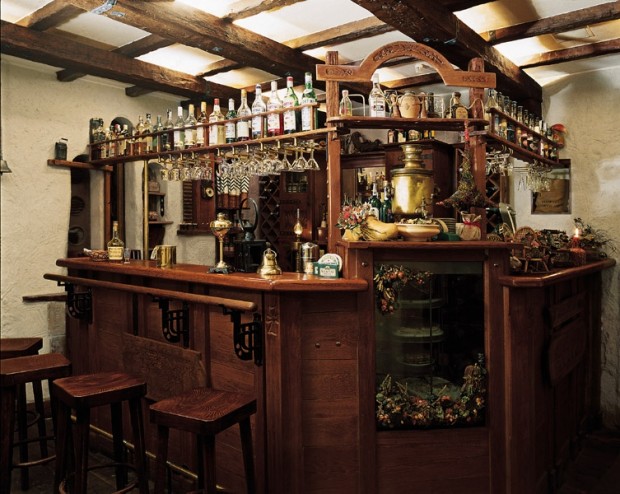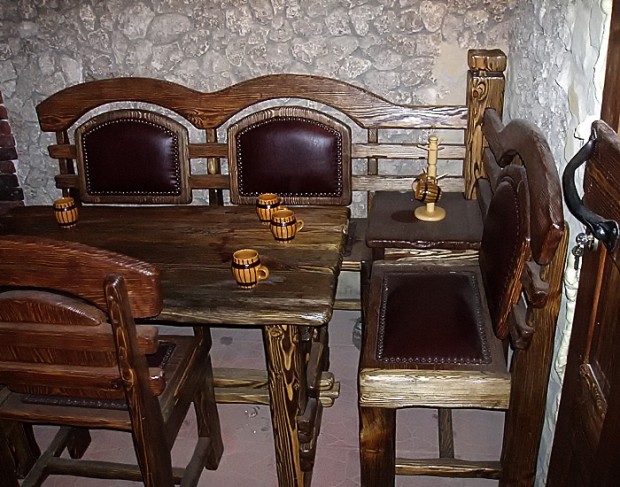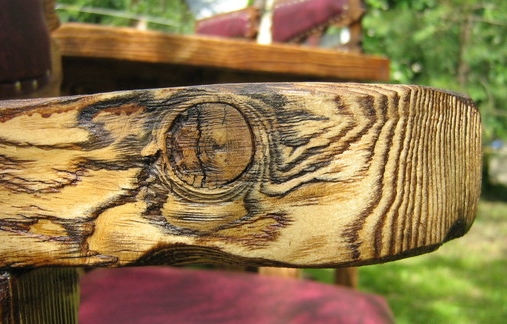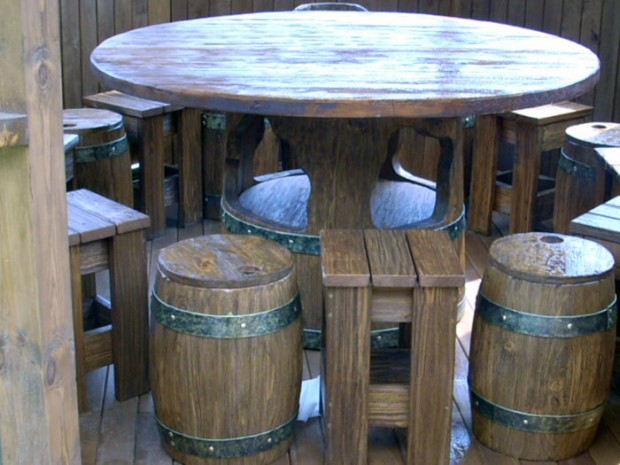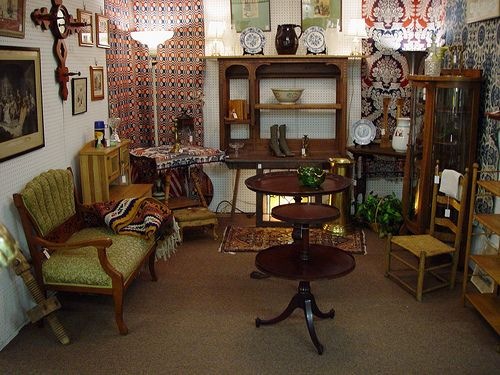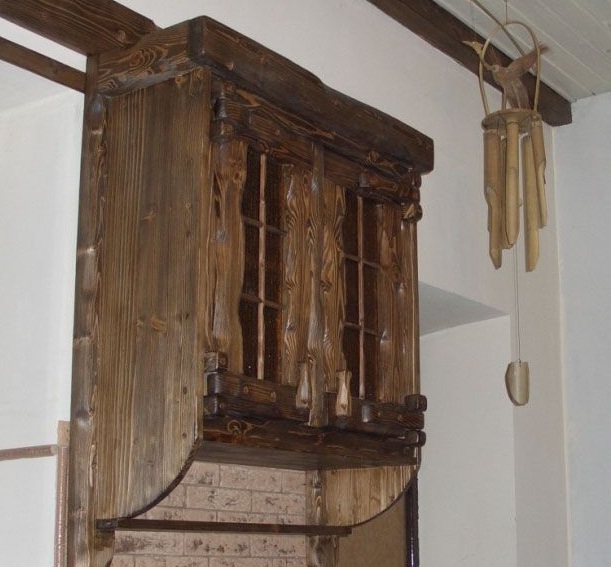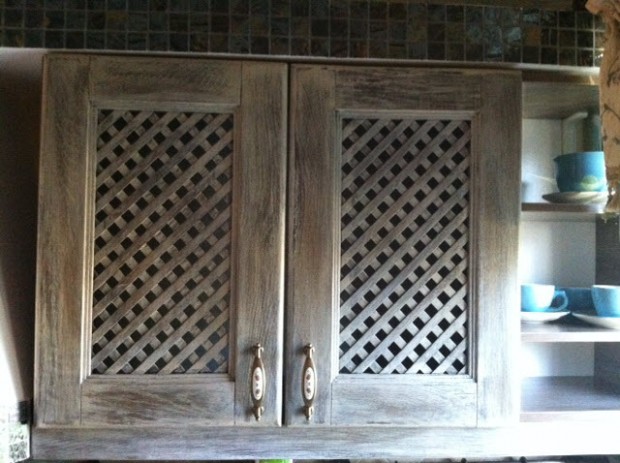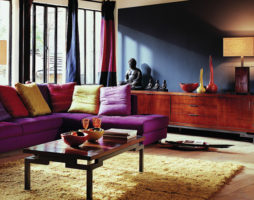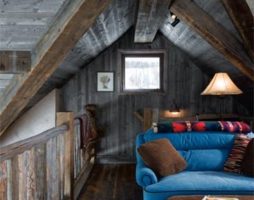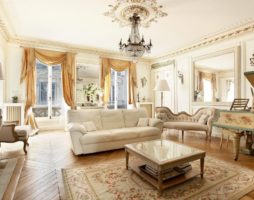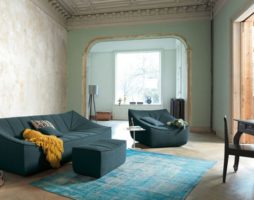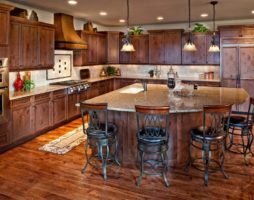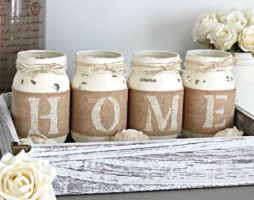Wood is one of the most beautiful natural materials, which has a lot of positive qualities. Its natural beauty and warmth cannot be replaced by any artificial material, no matter how perfect it may be. Wood is a "breathing" material that has a positive effect on a person's energy, is aesthetically perfect, and has bactericidal properties.
Although today there are many ways of modern decoration, many have already managed to get tired of them and again reached for the classics. Antiques and semi-antique products are always popular and in demand. And the point here is not only in external beauty, but also in the peculiarities of the human psyche - such objects have a beneficial effect on our visual and emotional perception.
Artificially aged wood has become a very fashionable material today, which is used everywhere - in restaurants, cafes, private houses, on summer grounds, in gazebos to emphasize the sophistication of decoration.
A distinctive feature of aged wood is a clearly defined relief pattern.
This material is able to create a cozy atmosphere in any room, link together the eternal values and the spirit of the new time.
Of course, artificially aged wood does not have antique value. Yes, in most cases this is not required - a well-chosen design solution is enough, and a beautiful high-quality finish will allow you to create modern furniture with the effect of antiquity.
How to create aged furniture? There is no single answer to this question.
You can use different technologies and an individual approach in each individual case. In general terms, the technology looks like this:
- First, the tree is processed mechanically - it is planed with an ax, milling cutters, and a planer. It is also possible to drill wood or hand carve.
- The next stage of wood processing is brushing. The essence of the method is as follows: soft fibers are removed from solid wood, and the material looks older, acquires a relief inherent in old wood. Processing can be superficial (effect of light aging) and deep, when growth rings become visible on the surface of the tree. Usually their pattern becomes visible if the wood is used for a long time. You can try to remove soft fibers yourself, but this is a laborious process, there are simpler methods described below.
- After brushing, patination is performed, the wood texture becomes more embossed due to patinating compositions. The compositions are applied using a special technology and penetrate into the pores of the tree that open during brushing. The wood from such processing becomes stronger, acquiring the nobility of an ancient material.
- Patting is followed by toning - compounds are applied to the wood that change its color. Compositions based on natural resins, oils are used, and the colors during application are very diverse.
- The last stage of work is varnishing. Lacquering gives the wood a finished look, fixing all previous operations.
This is a professional method used to create the effect of aged wood, but you can age a tree at home in a simpler way.
If you have old furniture - for example, a wooden cabinet, cabinet or table, and you want to give it a new look, the effect of aging in this case is a good solution.
First you need to clean the old wooden furniture from dirt. If the old varnish or paint is peeling, they need to be cleaned with sandpaper. The paint can be completely removed if it is held firmly.
The first option is surface treatment with paint residue.
To work, you will need wood paint (with any base), GOLDEN WAVE calpasta, alkyd-based clear varnish, a good brush, sanding plaster (grain 250-320).
Calcpasta GOLDEN WAVE creates the effect of old bleached wood. It can be used to decorate furniture and various wooden elements.
Operating procedure:
- After removing the old varnish or paint, the cabinet (or other old furniture) needs to be painted with wood paint. The paint must dry well.
- The next layer is applied calcpaste. The tree after applying the calcpaste will look like bleached with lime, thus the walls inside the house used to be ennobled.
- After the second layer dries with sandpaper, scuffs are created. The paste is easy to remove, scuffs form in the places of removal, through which the paint that was applied by the first layer is visible. You can use paint of any color, but not very light. Scuffs can be done anywhere - in the corners, along the edges of the doors, on the shelves.
- Now the effect of scuffs needs to be fixed, for this a layer of transparent alkyd-based varnish is applied to the calcpaste layer. The varnish can be applied in several layers, each subsequent layer will enhance the effect of aging. Intermediate sanding should be done between layers of varnish (sanding paper with a grain of 320 is used).
After the last coat of varnish has dried, you will have an exclusive antique cabinet or other piece of furniture, depending on your choice.
The second option is to treat a clean wooden surface.
If you have completely removed the paint from the surface of the cabinet, so that a clean wooden surface remains, there is no need to use covering paint, it is enough to use a water-based tint for wood.
You can read about other methods of aging wood here:
Techniques for artificial aging of wooden furniture
